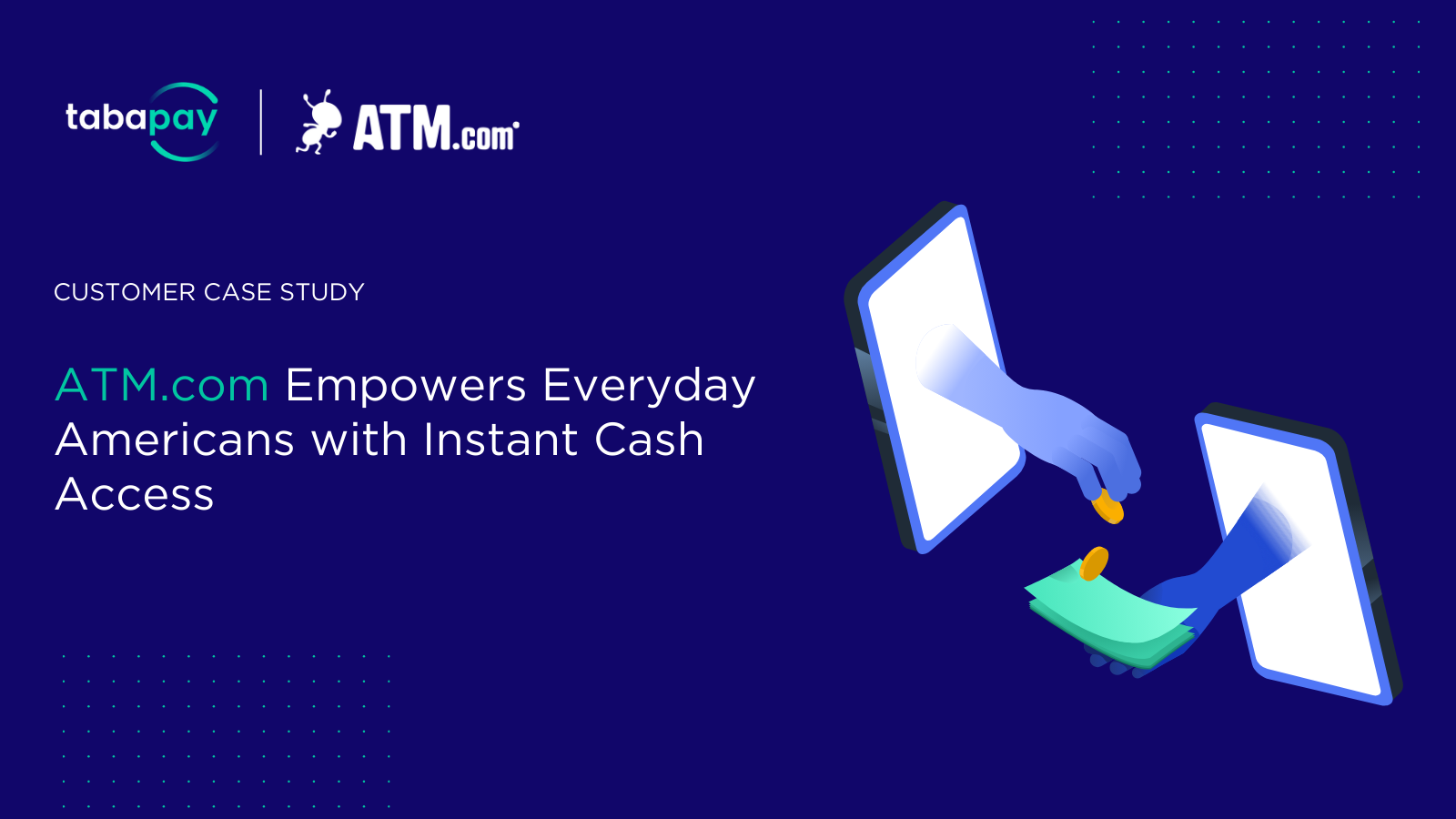It’s never more important for lenders to maximize debt repayments than when the economy is in uncertain territory. Consumers are more likely to have insufficient funds and trouble paying off debt, meaning an elevated risk to lenders.
We’ve put together five best practices that industry leaders are using today to alleviate repayment issues.
1. Shift to Debit Cards
Debit cards are nearly universally used by both consumers and financial institutions. Lenders favor this payment method for several reasons, including:
- Experience – Everyone has a debit card and knows how to use one. More than 51% of all consumers report paying their bills with a debit card. They are preferred by a majority of people in every age group besides those over 65 years old.
- Speed – Debit card payments are authorized in real-time and the funds are secured instantaneously so they are faster and provide immediate confirmation of payment. ACH can take days to settle or inform lenders of an NSF, particularly on weekends and bank holidays.
- Accuracy – Debit cards are declined in real time if funds are insufficient, and the consumer must opt into overdraft fees to continue. Cards are also updated frequently when they are lost or stolen.
- Lower costs – Debit cards have special interchange rates for loans and advance payments. They allow partial authorizations so a consumer with insufficient funds can pay a portion of the debt, letting lenders collect some payments, even if not the full amount.
- Functionality – Funds cannot be returned after they are put on hold or withdrawn from a lender. Lenders can also try to recoup funds several times in the same period it takes for an ACH payment to be declined once.
2. Identify a “cost plus” card processor
Find a card processor that charges interchange and network fees plus a processing fee instead of a flat 2.9% plus $0.20 per transaction. This reduces fees on transactions and gets better returns.
3. Design an efficient debt repayment type ratio
Diversifying repayment types between ACH and debit cards can reduce losses, control costs, maximize repayment, and stay under the 15% return rate ACH requirement. Shifting some payments from ACH to debit cards minimizes declines and accumulates long-term savings for the lender.
4. Eliminate checks and cash
While difficult to eliminate completely, companies should incentivize consumers to avoid checks and cash altogether in order to maximize efficiency and savings.
5. Proactively mitigate collection risk
Lenders can minimize overall risks by:
- Encouraging clients to provide both ACH and debit card information in case one method is returned.
- Requiring debit payments if an ACH payment is returned.
- Shifting more clients to debit cards if the overall ACH return rate is 3% to 9%. If the overall rate is 9%-15%, increase the emphasis on moving transactions to debit.
For more insight from industry experts about the current lending landscape and maximizing debt repayment in the modern era, download our white paper, Maximizing Debt Repayment: Speed and Efficiency for Improved ROI and view a recording of the webinar.






